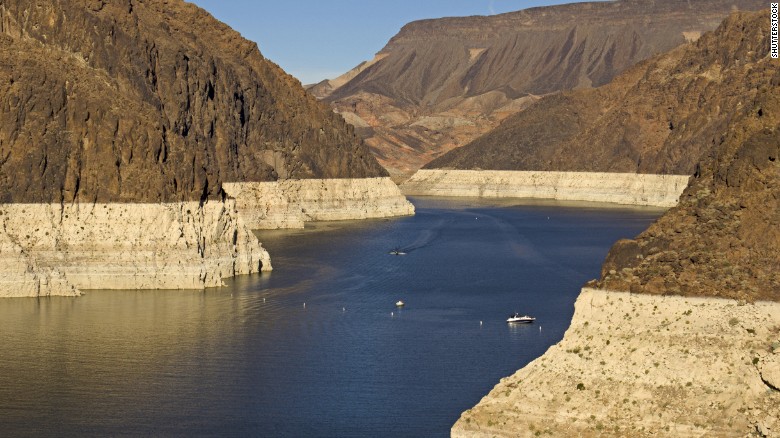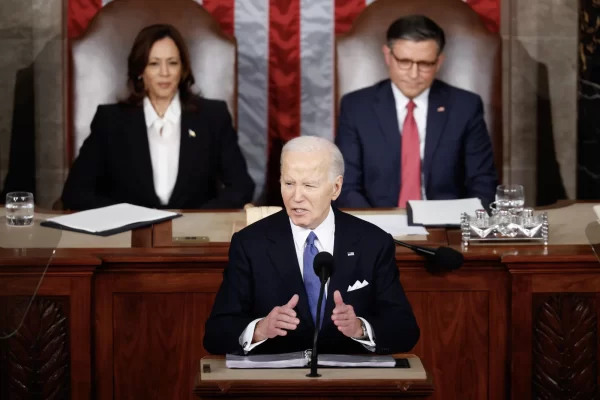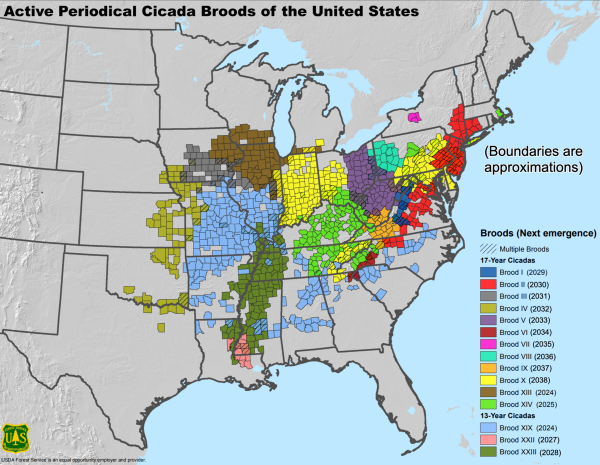Lake Mead Drought Crisis
A Colorado River reservoir located in Las Vegas, known as Lake Mead, is facing a major water shortage. The water levels reached 1070 feet above sea level, which is a 143 feet drop. This is a record low since it was filled in the 1930s. What’s left is a “bathtub ring” of minerals left from the decline (pictured). The size of this ring is roughly the height of the Eiffel Tower.
This record low causes great concern, as 25,000,000 people rely on Lake Mead as their water source. The crisis escalated as more water was being taken and demanded than the lake could provide. The water cuts will not only create an inconvenience for the general population of the area, but also agricultural communities in central Arizona. Farmers won’t have enough water for irrigation, and instead will be forced to fallow land, impacting the region’s food production.
Energy production will also be impacted by this drought. The Hoover Dam forms the Lake Mead reservoir. It provides 2000 megawatts of hydropower, which would be enough for 8 million Americans. It is, therefore, a major source of energy for Nevada, California, and Arizona. However, the decline causes less water to flow through the Hoover Dam, causing a 25% drop in its energy output.
This decline, however, has been gradually occurring over the past 22 years. It has lost 5.5 trillion gallons of water (the size of 1000 Olympic-sized swimming pools being lost every day for 22 years) and will continue to decline unless more drastic measures are taken.
So why is this important? It reflects the severity of the climate crisis. Although irresponsible use of the water is a cause, the record heat Las Vegas has been facing recently also contributes to the issue. With warmer temperatures, the evaporation level increases. More than 10 billion gallons of water can be evaporated by these heatwaves (15,000 Olympic-sized swimming pools). The amount of snowmelt that provides water for the lake also decreased due to the increased temperatures. Unless the climate crisis is addressed, regions all over the world will start facing water shortages like this one.

Tina Dongara is a Senior. She loves being part of The Gator’s Eye as a writer and Opinion editor. In her free time, she enjoys spending time with her...












